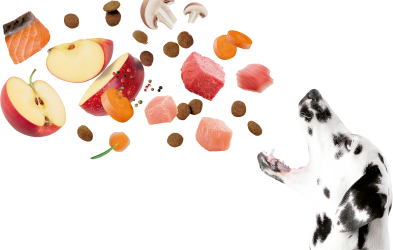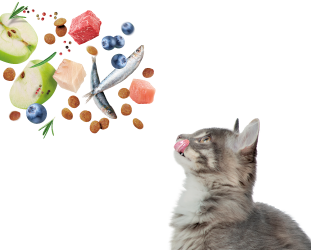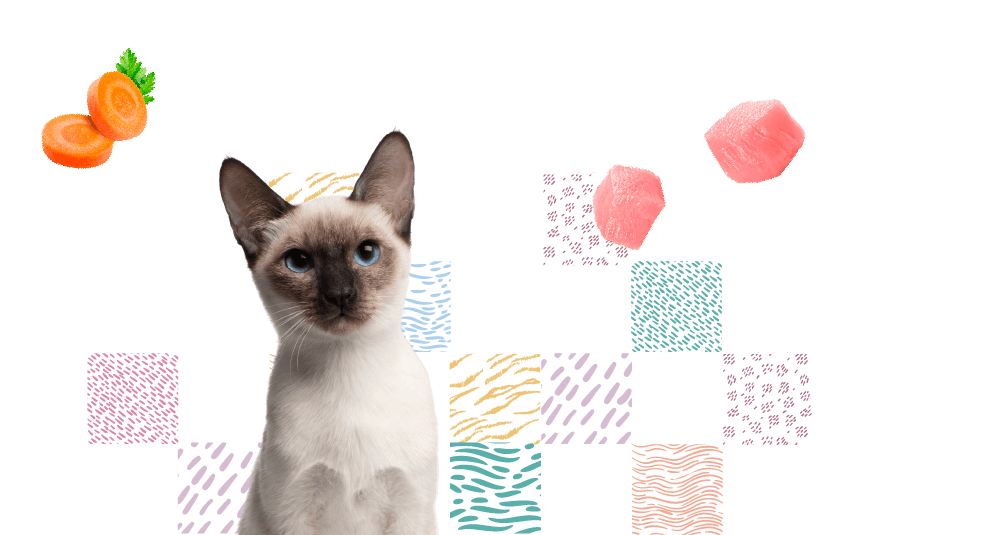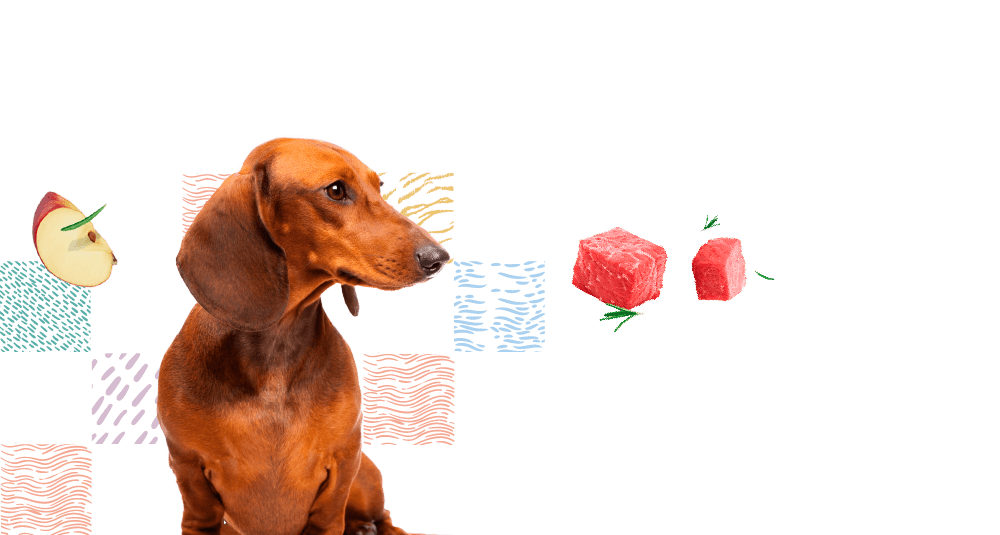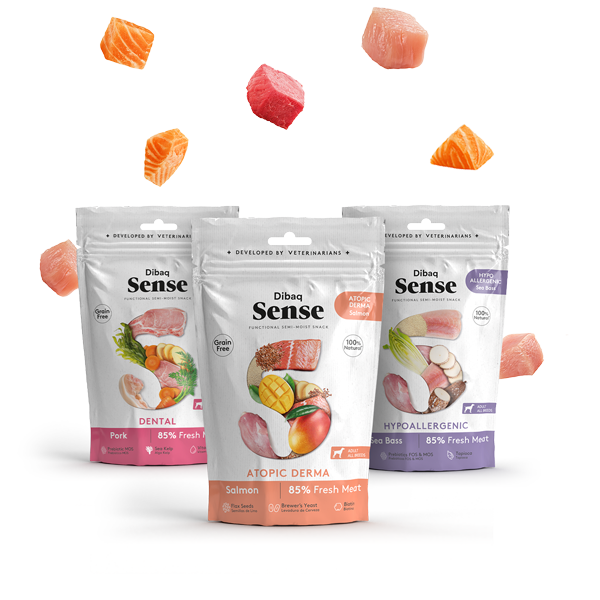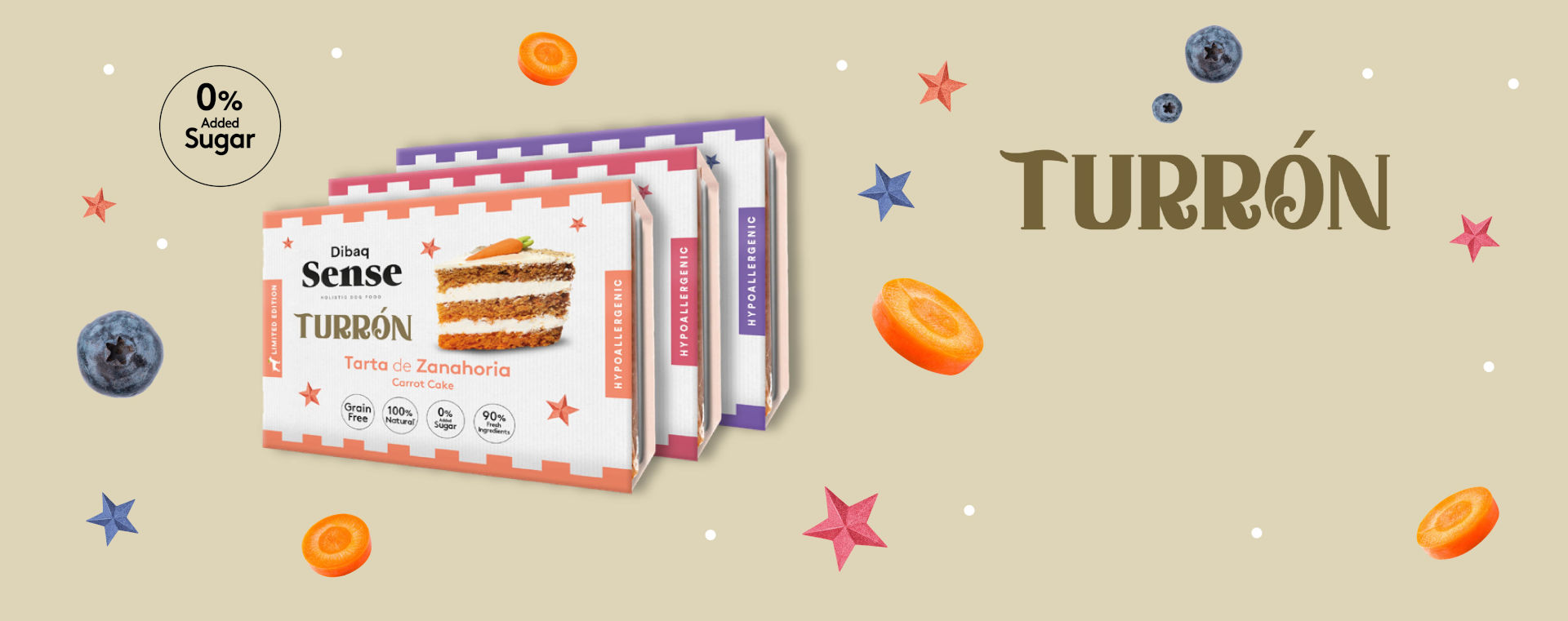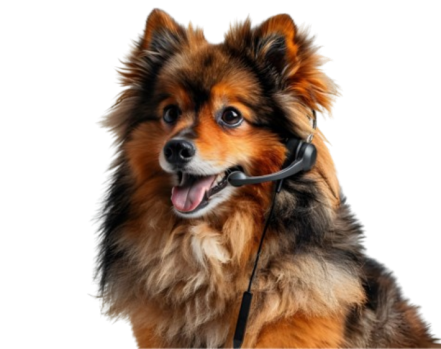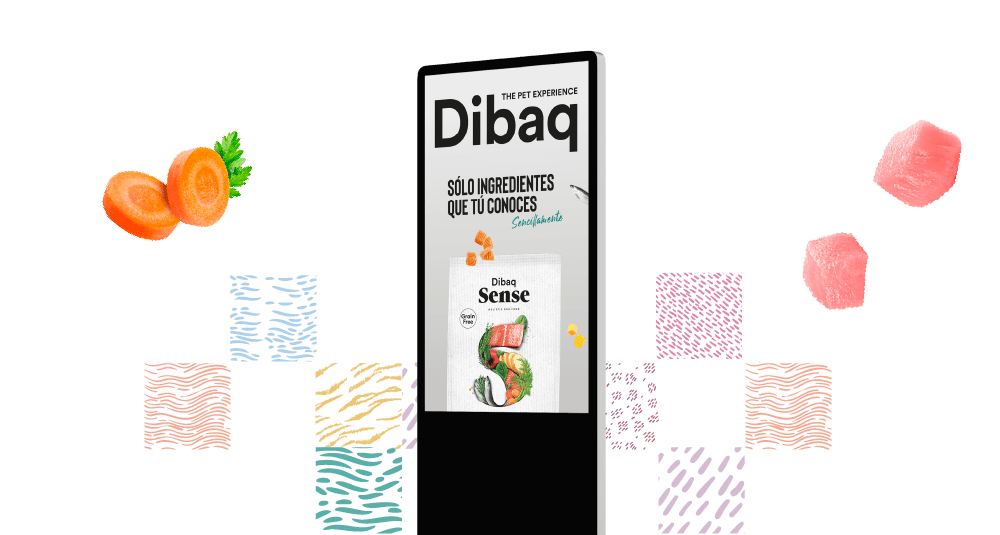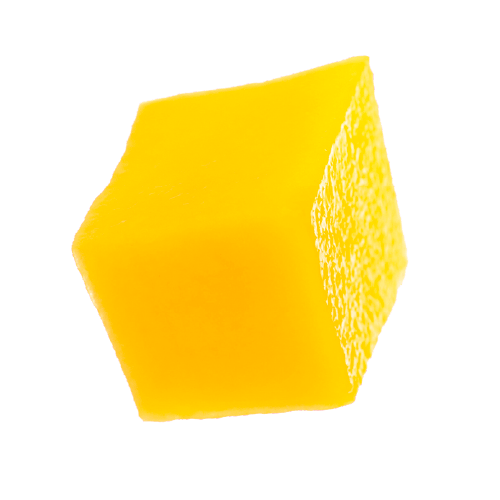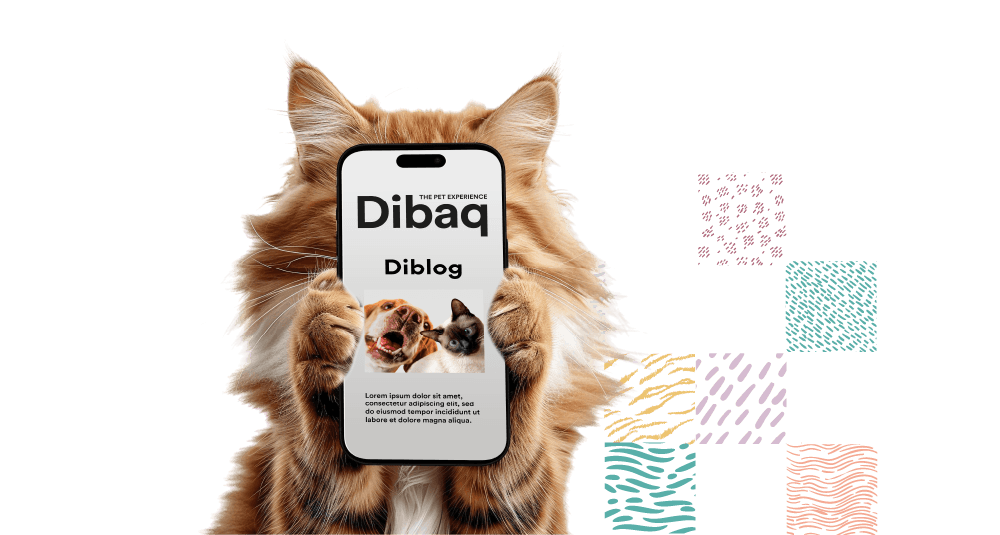How to feed an adult dog
Your dog, during its growth, will go through different stages, varying its needs and, therefore, its type of diet. Choosing one or another type of food and quantity for an adult dog will depend on various factors, such as its size and energy expenditure. But there are certain issues that you should take into account to achieve the best diet and for your life partner to grow healthy and strong.
When is it important to switch from puppy to adult food?
The change in your dog's diet should be made between 6 and 18 months of age. From the first half year of your puppy's life, his nutritional needs begin to change and it is advisable to gradually reduce the energy intake to prevent the dog from growing too quickly. After stopping puppy products, you can start giving them food for adult dogs, providing them with an adequate intake that helps them maintain a healthy physical condition and avoid health problems.
Be careful with the quantities!
You should be especially careful when choosing the amount of food you give your furry companion. Both a defect and an excess of food can harm your dog's health, although the most important danger will be overfeeding, which could lead to obesity, diabetes, cardiovascular or intestinal problems, among others. The optimal weight of a dog is generally obtained when its ribs are easily noticeable when touching the chest area, without there being too thick a layer of fat in the middle. Achieving a balanced weight for your dog will be one of the most important challenges you will face throughout his adulthood.
As is your dog? This will be your needs
The breed, size, lifestyle and health of your dogs can make a big difference in their diet.
-
Small breeds. It is generally thought that large dogs need to eat more than small ones. But it's not like that. A small dog has a faster metabolism, so it can require up to twice as many calories as a larger dog. Hence, the size and formula of the food adapts to each type of breed.
-
Large breeds. Larger dogs tend to have a slower metabolism, but, of course, their appetite is greater! That is why there are specific formulas for large breeds, with larger bites that make them chew more instead of gobbling down the food. In addition, a lower fat content and a higher protein concentration will help control your weight.
-
Physical activity. Activity level will be another determining factor in the amount of fat needed for your furry companion. There are diets designed for active dogs , which provide a higher level of fats, proteins and vitamins. On the other hand, a lower fat diet will be more suitable for less active dogs, avoiding unwanted weight gain.
-
Pregnant dogs. Diet can also change if your dog is pregnant or after giving birth. In these cases, it is sometimes advisable to switch back to puppy food to provide mothers with those extra needed calories and nutrients.
-
Food sensitivity. Some dogs may develop certain sensitivities to some foods, so they will require a special diet that your veterinarian can help you create. Dibaq Sense products are an exclusive solution to take care of your sensitive dog's diet, avoiding allergies and digestive problems.
When and where to feed
Dogs, like humans, must have an established eating routine . It is recommended that your friend eat twice a day, always at the same time, creating a daily and constant habit. Avoid feeding right before and after exercising. And if you have more than one dog, feed them at the same time and separately to prevent them from fighting or bothering each other.
It will also be important that your dog always has water, not only when he eats, but at any time of the day and during the night.
As for the place to eat, it should be quiet and without distractions, away from the possible hustle and bustle of domestic life, and protected from inclement weather.
What nutritional needs does an adult dog have?
Proteins, fats, carbohydrates, vitamins and trace elements are the main nutrients your dog needs. With them you will be providing it with the necessary energy to perform all its vital functions and stay healthy. And remember that dogs are omnivores and therefore should not only eat meat or meat proteins. Although this is the basis of your diet, your digestive system is also prepared to tolerate ingredients of non-animal origin in small quantities, which will provide you with a quantity of beneficial proteins for your body. However, the nutrients in meat should be the basis of the dog's diet at home.
Ah! And if you decide or have to change your dog's diet, do it progressively, with a transition of about 7 to 10 days to avoid possible digestive disorders.
What items should you not let him eat?
In addition to knowing what to feed your dog, it is important to know what you should not give it:
-
Avoid feeding your dog leftovers from your food, as you risk unbalancing his diet.
-
Treats and extras, such as snacks, treats or animal crackers, should not exceed 10-15% of the daily intake. Limit these “prizes” and their regular use.
-
Do not give him human chocolate or leave it within his reach. Even a small amount can cause problems for your furry companion.
-
Some plants and vegetables, such as onion, bay leaf or tomato plant, can be very toxic for your dog.
Dibaqpetcare products for adult dogs
Discover all our dog food brands and choose the one that best suits your pet. All our food ranges are natural and will be able to cover all stages of your furry friend's growth.
And remember that knowing your dog well and knowing what his needs are! will be your best guide when choosing his daily diet.
Share this content

